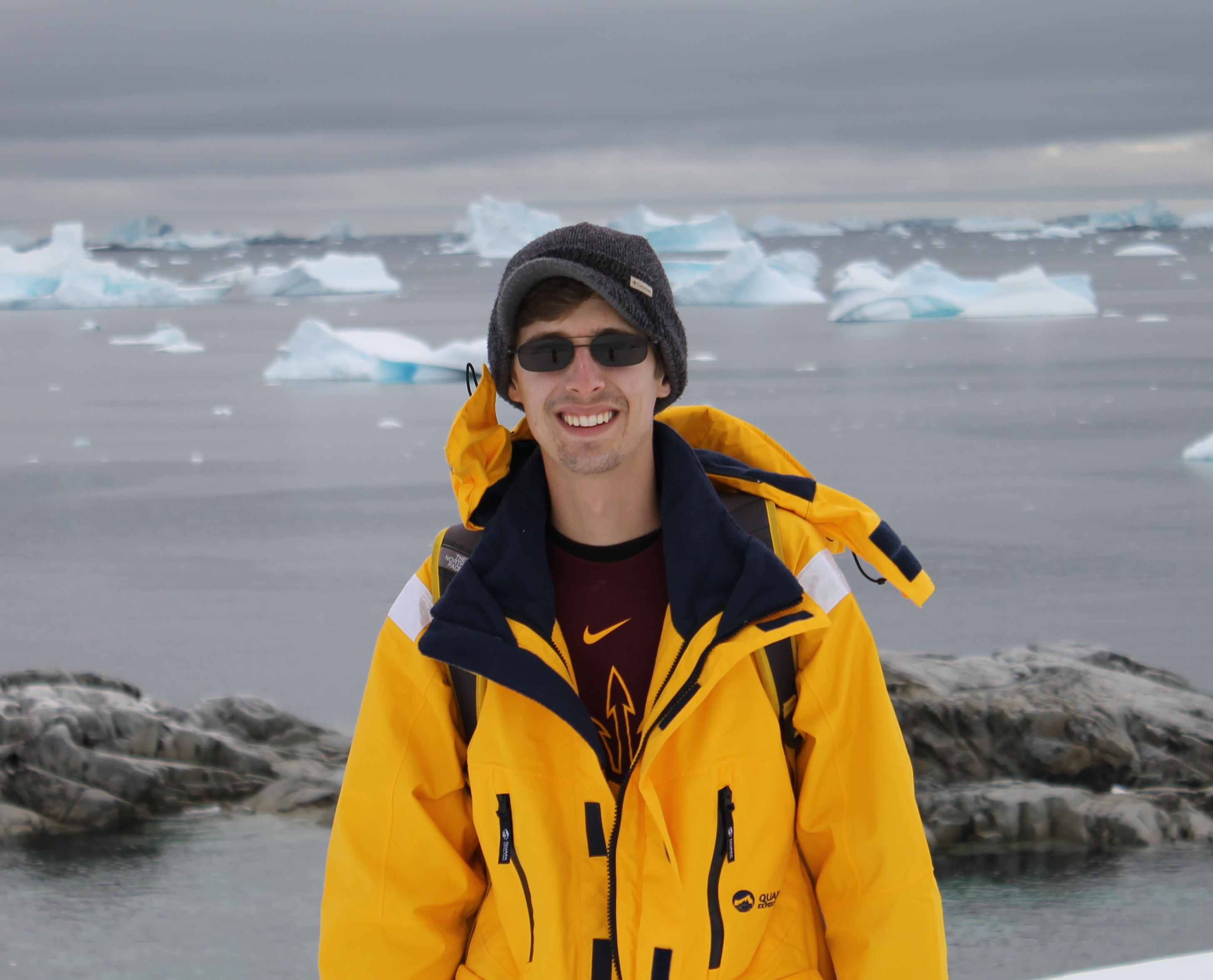
Sustainability, Community, and Ecuador
As I mentioned in the last post, the theme of our study abroad program is diversity and sustainability in the Andes but I neglected the latter to discuss the diverse foods, people, and landscapes of Ecuador. Through the last week, however, we have discussed (or at least touched on) sustainability with numerous government officials, citizens, and business leaders along with visiting a few sustainability related projects. A few observations have stuck out to me. First, the majority of folks we talk to seem to embrace various aspects of sustainability. The government’s focus on creating a healthier, happier Ecuador seems to have had a large impact on the current policy discourse. Local officials, guided by a countrywide political shift, mention the need for economic development along side preserving Ecuador’s rich cultural past and ecological systems. While many of the projects we’ve seen are still in their infancy, local governments seem sincere about creating a sustainable Ecuador.
Second, despite an apparent push for sustainability related goals, sustainability is not always directly mentioned during our conversations with Ecuadorian officials and citizens. When it is mentioned, it is not defined in the same manner by the various people we have talked with.
Two visits sustainability related projects were particularly informative. The first was a meeting with the mayor, tourism director, and urban projects coordinator of Baños, a city heavily dependent on tourism. The city has experienced enormous economic growth and is looking to improve the welfare of its citizens with this success. The city government proposed various projects, such as revitalized public spaces, infrastructure improvements, and tourism promotion. But what stood out is not what projects were proposed, but how they were proposed. While the city drafted ideas for various projects, they actively sought input from the community on what projects community members prioritized. Community wide meetings and door-to-door interviews allowed citizens to voice their opinions on what needed to take place to improve the city’s economy and help its citizens. Such participatory policy making methods are increasingly being studied and utilized within the urban sustainability community. It was exciting to hear about these plans being utilized in this growing city.
The second project was a visit to a small community outside of Baños called Lligua. The community of around 400 residents is nested along a small river with the steep hills on each side covered in Ecuador’s distinctive patchwork agricultural fields. While the community has existed there for hundreds of years, recent flooding has caused problems with agriculture and development plans. In an attempt to attract tourists, the community’s leaders would like to develop a waterfront of shops and parks along a short span of the river. The floods, however, make the plan both a financial and safety liability. The community has begun looking into other plans for development, however, no panacea has appeared. From my observations, which are admittedly limited by the duration of our time in Lligua, the community appears to desire conflicting goals. Economic growth and improved access to education has led to an exodus of young people from the agricultural community. Older members of the community want to develop other economic means to retain youth. Yet agriculture still dominates the community’s landscape, possibly increasing the risk of flooding through increased erosion and runoff off the steep fields feeding the river. The community also desires to retain and promote its cultural heritage and knowledge of agriculture, crafts, and way of life. As an outsider, it’s seems that no one is willing to accept the tradeoffs of these three goals. As sustainability students, we are familiar with difficult decisions related such tradeoffs. It appears that Ecuador has embraced some aspects of sustainability but the difficulty lies not in simply adopting sustainability as a motivation but in turning that motivation into action.

